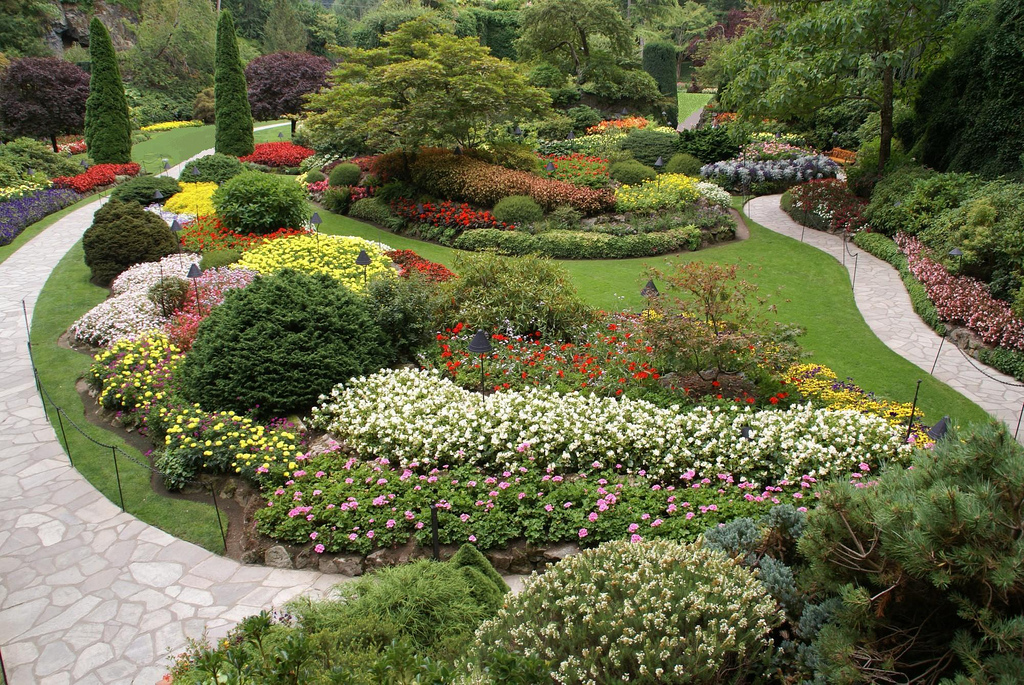For the average homeowner, it can be a difficult task to create the perfect garden. You might want to consider planting a new set of shrubs, create new borders, or revamping the whole space completely. But, without experience, it can be tough to know where to start. So, whether you want a new look for your garden, or just need to make some subtle adjustments to your backyard, read on for our five tips for landscaping your garden space.
Needs vs. Wants
Your first goal is to compile a list of what you need and what you want. There are significant differences between the two. What you need in your garden depends on your family situation. If you have young kids, for example, then you might need a play area, and safety will never be far for your mind. You might want a beautiful set of flower beds, but are they going to be practical? Young children will have a field day with lovely flowers, so perhaps your dreams will have to be put on hold for now.
Wants vs. Reality
You might have a picture in your head of the perfect garden space. Perhaps you got some inspiration from a friend or colleague’s garden or visiting a garden center. The only problem is, it might not fit in with the look of your home. Specialists such as Sonoran LanDesign recommend that you plan your project looking at several factors. First of all, there’s your home’s architecture: will your garden design bring out its best features? There is also solar orientation to consider. Where does the sun fall on your garden, and how will it affect your plants’ ability to grow?
Take Baby Steps
There are plenty of garden design shows on TV that can complete enormous projects in less than a week. But, for a residential redesign, it’s going to take a lot longer than that – unless you are willing to pay. Those TV shows tend to have huge numbers of people involved – 50 or 60 workers are not uncommon. So, it’s important to start small if your budget won’t allow for that sort of project completion. Also, keep in mind that gardens tend to take a while to develop. And, if you are going slow, it can mean that those parts you are unhappy with can be changed quickly.
Find Your Focal Point
It’s vital that you find a central point or two in your garden that everything else runs off. It could be an old garden wall on one side and a place to sit and relax on another. Think about where you will be spending the most time, and where the sun lands during the day. If you have no natural focal points in the garden, then it’s time to create your own. Think about planting a set of trees, shrubs or plants that will draw the eye immediately.
Mix It Up
Finally, the best gardens are enjoyable because they have variations. Try to avoid uniformity, as it will start to grate on you after a while. You might want to try placing taller plants behind smaller flowers, or building up raised beds to break up a uniform garden bank. There will be an element of repetition, of course. Colors and shrub types can all look great grouped together. But, you will create a much more dramatic effect by mixing things up a little.


